Gowtham Bellala
Active Diagnosis via AUC Maximization: An Efficient Approach for Multiple Fault Identification in Large Scale, Noisy Networks
Feb 14, 2012

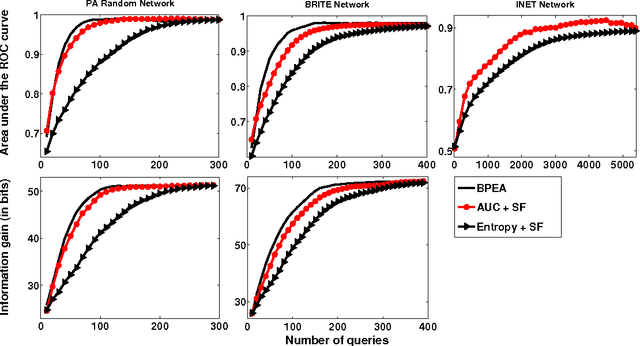
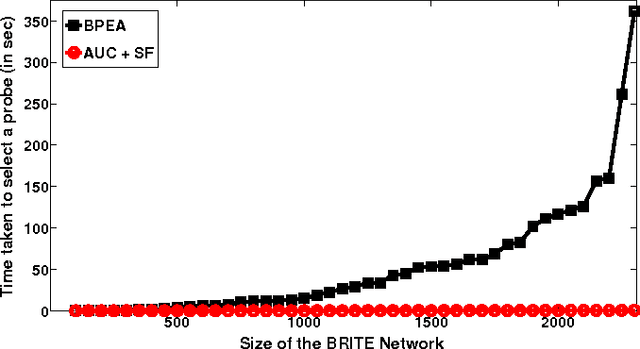
Abstract:The problem of active diagnosis arises in several applications such as disease diagnosis, and fault diagnosis in computer networks, where the goal is to rapidly identify the binary states of a set of objects (e.g., faulty or working) by sequentially selecting, and observing, (noisy) responses to binary valued queries. Current algorithms in this area rely on loopy belief propagation for active query selection. These algorithms have an exponential time complexity, making them slow and even intractable in large networks. We propose a rank-based greedy algorithm that sequentially chooses queries such that the area under the ROC curve of the rank-based output is maximized. The AUC criterion allows us to make a simplifying assumption that significantly reduces the complexity of active query selection (from exponential to near quadratic), with little or no compromise on the performance quality.
Query Learning with Exponential Query Costs
Feb 21, 2010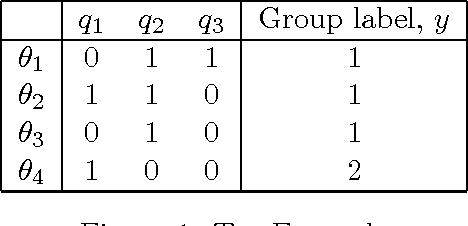
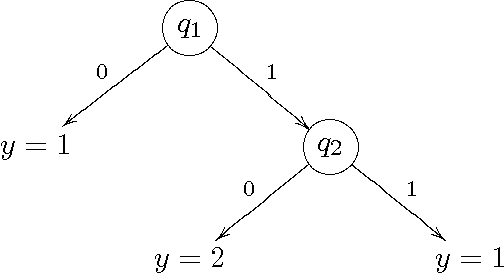
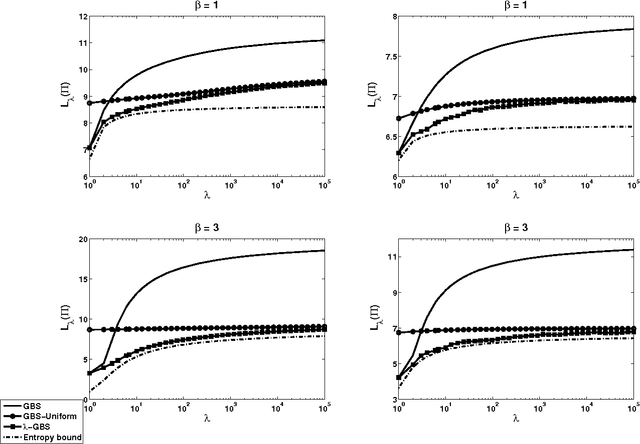
Abstract:In query learning, the goal is to identify an unknown object while minimizing the number of "yes" or "no" questions (queries) posed about that object. A well-studied algorithm for query learning is known as generalized binary search (GBS). We show that GBS is a greedy algorithm to optimize the expected number of queries needed to identify the unknown object. We also generalize GBS in two ways. First, we consider the case where the cost of querying grows exponentially in the number of queries and the goal is to minimize the expected exponential cost. Then, we consider the case where the objects are partitioned into groups, and the objective is to identify only the group to which the object belongs. We derive algorithms to address these issues in a common, information-theoretic framework. In particular, we present an exact formula for the objective function in each case involving Shannon or Renyi entropy, and develop a greedy algorithm for minimizing it. Our algorithms are demonstrated on two applications of query learning, active learning and emergency response.
Group-based Query Learning for rapid diagnosis in time-critical situations
Nov 24, 2009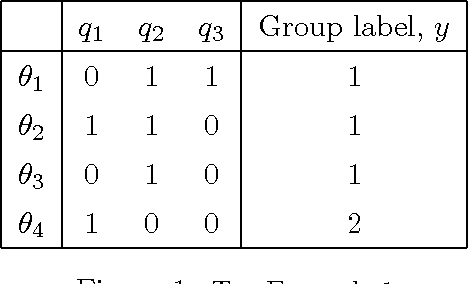



Abstract:In query learning, the goal is to identify an unknown object while minimizing the number of "yes or no" questions (queries) posed about that object. We consider three extensions of this fundamental problem that are motivated by practical considerations in real-world, time-critical identification tasks such as emergency response. First, we consider the problem where the objects are partitioned into groups, and the goal is to identify only the group to which the object belongs. Second, we address the situation where the queries are partitioned into groups, and an algorithm may suggest a group of queries to a human user, who then selects the actual query. Third, we consider the problem of query learning in the presence of persistent query noise, and relate it to group identification. To address these problems we show that a standard algorithm for query learning, known as the splitting algorithm or generalized binary search, may be viewed as a generalization of Shannon-Fano coding. We then extend this result to the group-based settings, leading to new algorithms. The performance of our algorithms is demonstrated on simulated data and on a database used by first responders for toxic chemical identification.
 Add to Chrome
Add to Chrome Add to Firefox
Add to Firefox Add to Edge
Add to Edge